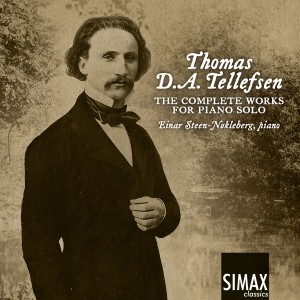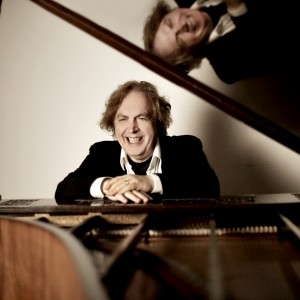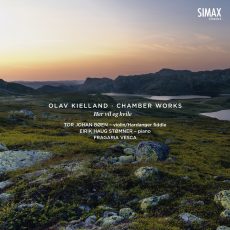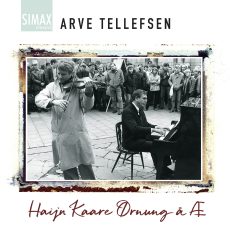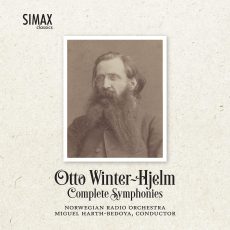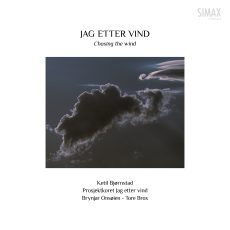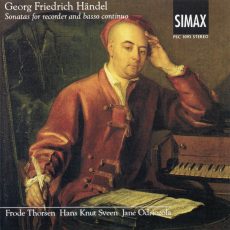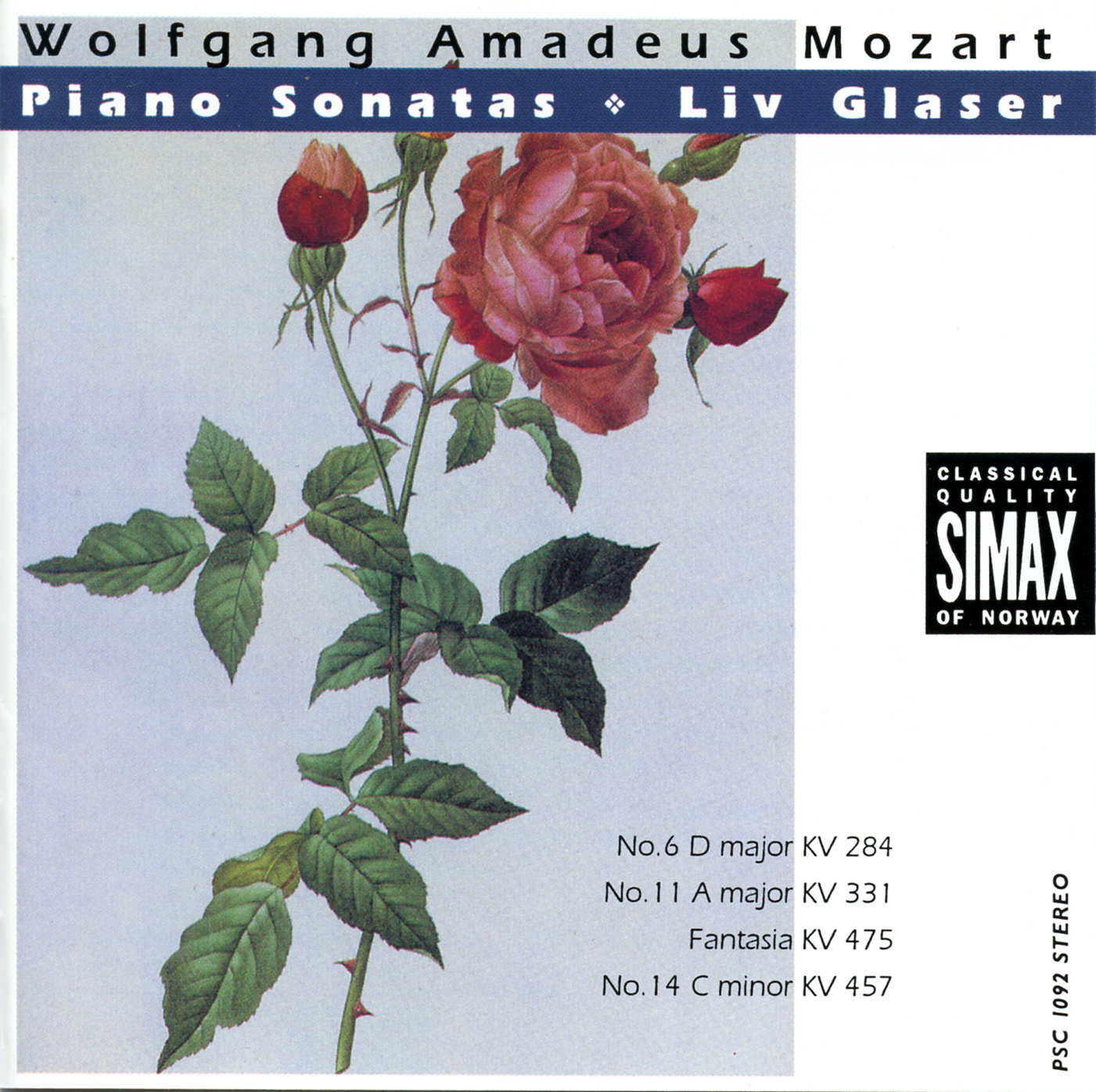The complete piano works of Chopin’s only pupil! Norwegian piano nestor Einar Steen-Nøkleberg has recorded the complete piano music of Grieg, Sæverud and Kjærulf in awarded reference recordings. He now adds T.D.A. Tellefsen to this impressive list, and the result is overwhelming.
Chopin’s only pupil
In Poland, Tellefsen is referred to as Chopin’s only pupil, as the other ‘pupils’ were in fact nobility with money to spend, a necessity to finance Chopin’s existence. Tellefsen was introduced to Chopin through Georges Sand, who was totally taken by the young Norwegian’s artistic drive and passion for the arts. The relationship developed to that of friends and colleagues, and Tellefsen was moved and honoured by his friend and teacher’s last wish in 1849: Chopin wanted Tellefsen to complete his piano tutorial series. Many of Chopin’s ‘students’ continued to study with Tellefsen, at one time he had four princesses and a duchess among his pupils. “I do not count the countesses!” he wrote in a letter to his father.
The piano works – continental style with Norwegian inspiration
The majority of Tellefsen’s piano works belong to the European piano tradition. One can nonetheless hear melodic figures which are closely linked to Norwegian folk music. National stylistic elements are most evident in the mazurkas, which must be considered as being some of the best music in his output. Tellefsen heard Liszt play on several occasions, and Liszt’s influence is particularly evident in the magnificent, extrovert Grande Polonaise op. 18. In Thème original et Fantaisie op. 12 and Ballade op. 28 Tellefsen demonstrates a musical earnestness and power that emphasizes his considerable compositional gift. Sonata op. 13 is a work of similar high standards.
The rediscovery of a living Norwegian tradition
Nøkleberg’s recordings of Tellefsen’s piano concertos (PSC1232) and chamber works (PSC1226) in the last years have created much interest around this forgotten composer. Saying that Tellefsen before this was completely forgotten is however not true; there is an unbroken line through several performers down to Nøkleberg – who had several of these pieces as a part of his repertoire as a student. So after 50 years with Tellefsen’s music, Nøkleberg wants to bring this treasure out even further. Not only with the published works but also by recording the unpublished manuscripts – on an original Erard grand, Tellefsen’s favoured instrument. Here we find ourselves in the composer’s study, eavesdropping as Tellefsen develops his style and composition technique with studies of baroque forms including both variations on hymns and fugues.










